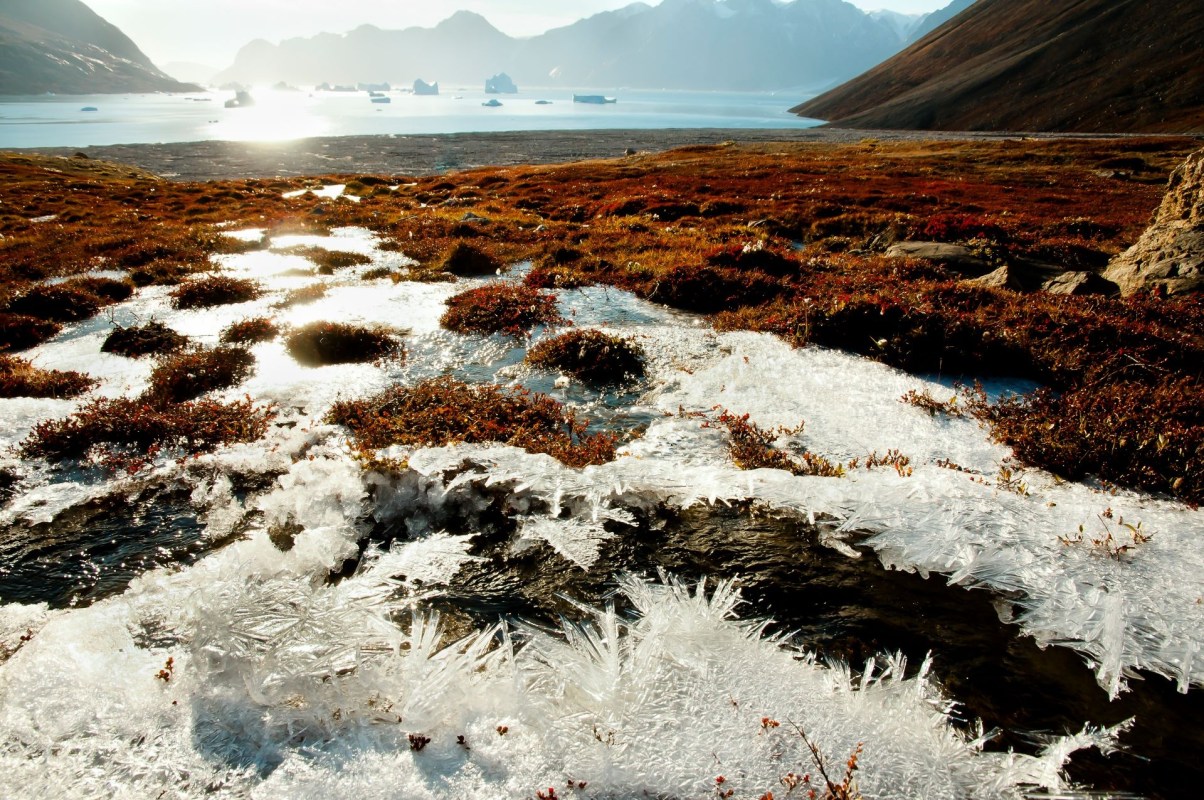As the Earth gets warmer, more and more Arctic permafrost is thawing. As it does, it affects the environment in several ways, such as disturbing animals and releasing planet-warming gases.
But coastal science and societies publication Hakai Magazine reports that researchers in the Hudson Bay Lowlands are concerned about a more immediate problem: mercury in the permafrost.
What's happening to the permafrost?
"Permafrost" is part of the ground that stays frozen all year round. As the world heats up, areas that were previously permafrost are now melting. Permafrost can trap certain chemicals away from humans and wildlife. When it melts, those chemicals are re-released into the environment.
Hakai Magazine reports that the Arctic permafrost contains high levels of the heavy metal mercury. Volcanoes and fires — including naturally occurring wildfires and human-made ones — have historically released mercury into the air. Air currents carry the chemical to the Arctic, where it falls to the surface and eventually gets trapped in soil or ice. Once it's in this form, it's not very dangerous.
But the permafrost thawing means that the mercury inside can escape and harm wildlife while contaminating waterways. Hakai Magazine reports that some microbes turn this inorganic mercury into a highly toxic form called methylmercury.
Why does mercury matter?
When a toxin like methylmercury pollutes an environment, smaller living things, like algae, begin to absorb it. Larger creatures need to eat many smaller ones to survive, so they absorb many more times the amount of the toxin than the smaller ones. This process is called biomagnification.
The animals that humans rely on for food, like fish, are often far along in the biomagnification process. This means that people living in regions exposed to the thawing permafrost are at risk of eating dangerous levels of methylmercury, according to Hakai Magazine. The First Nations living in the Hudson Bay Lowlands already test their water and food for mercury, and the problem will only worsen.
What's being done about the mercury problem?
Researcher Adam Kirkwood has spent six years measuring the levels of mercury in the area, then studying the microbes in the soil to see how many can produce methylmercury. According to Kirkwood's research, the problem isn't as significant as researchers previously estimated.
However, as long as the permafrost keeps thawing, the wildlife and human residents of the Hudson Bay Lowlands will still be at risk. To fight rising global temperatures, individuals can switch from traditional cars and gas appliances to electric when possible. You can also support businesses dedicated to cooling down the planet.
Join our free newsletter for cool news and cool tips that make it easy to help yourself while helping the planet.









